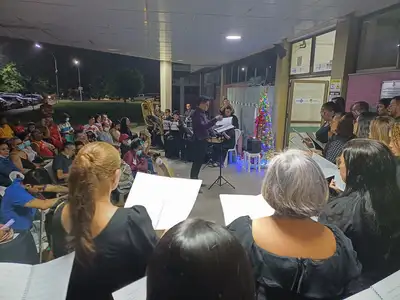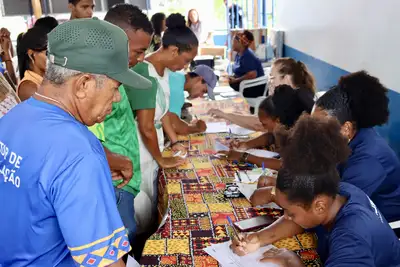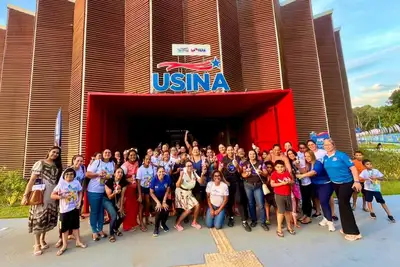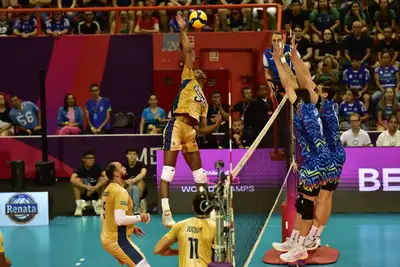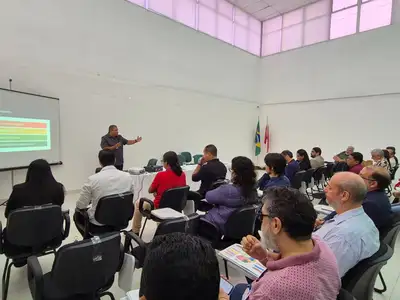Arraial do Pavulagem transforms the Ophir Loyola Hospital with music and popular culture
The humanization action transformed the hospital environment with colors, rhythms, and affections, providing moments of joy to patients, caregivers, and health professionals
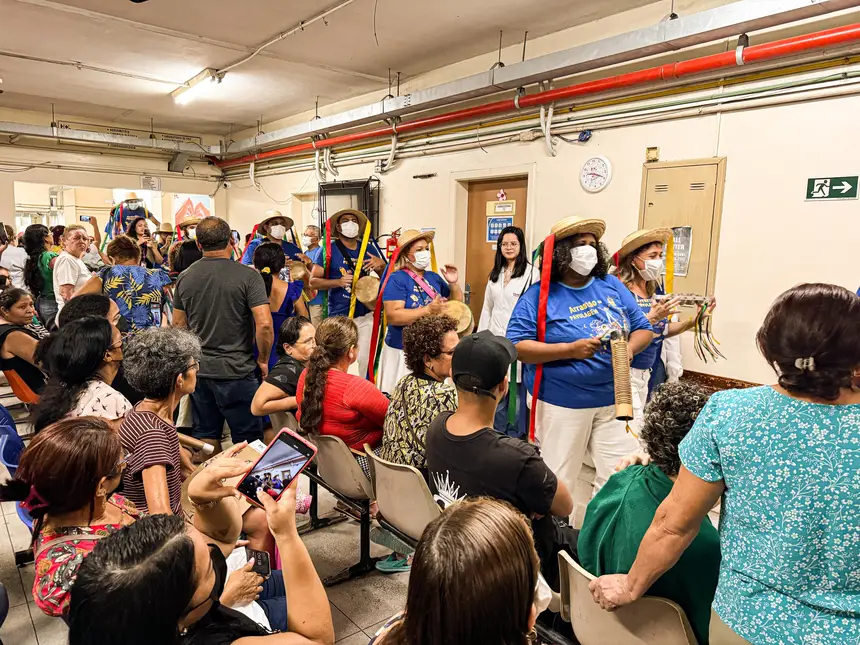
On this Thursday (22), the corridors of the Ophir Loyola Hospital (HOL), a reference in oncological treatment in Belém, were filled with sounds, colors, and rhythms that broke away from the hospital routine. The traditional performance by the cultural group Arraial do Pavulagem enchanted patients, companions, and health professionals in an initiative that integrates the calendar of humanization actions of the unit.
Recognized for celebrating Amazonian traditions and for its iconic "arrastão" in the streets of Belém during the June festivities, Arraial do Pavulagem traversed the hospital spaces promoting music, dance, poetry, and manifestations of popular culture that moved everyone. The activity, which has been held annually at HOL since 2019, seeks to offer more than entertainment: it brings relief, empathy, and an emotional breath amidst the challenges of oncological treatment.
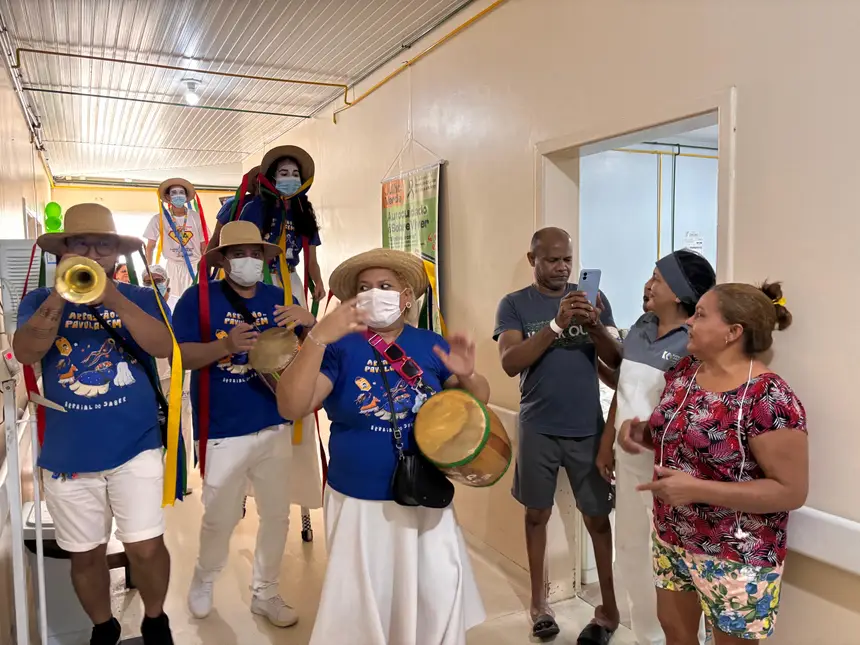
“It’s more than a performance. It’s a moment when patients stop being just people in treatment and become the protagonists of their own joy. This directly impacts the quality of life and the recovery process,” says Márcia Nunes, coordinator of the Occupational Therapy Division at HOL.
During the group's visit, many patients participated enthusiastically. Lúcio Santana, 72, undergoing treatment for head and neck cancer, was one of those who were moved.
“I loved it. It was very lively and brought joy to us. These moments make us forget a little about what we are going through. We need this to keep fighting,” he said, with a smile on his face.
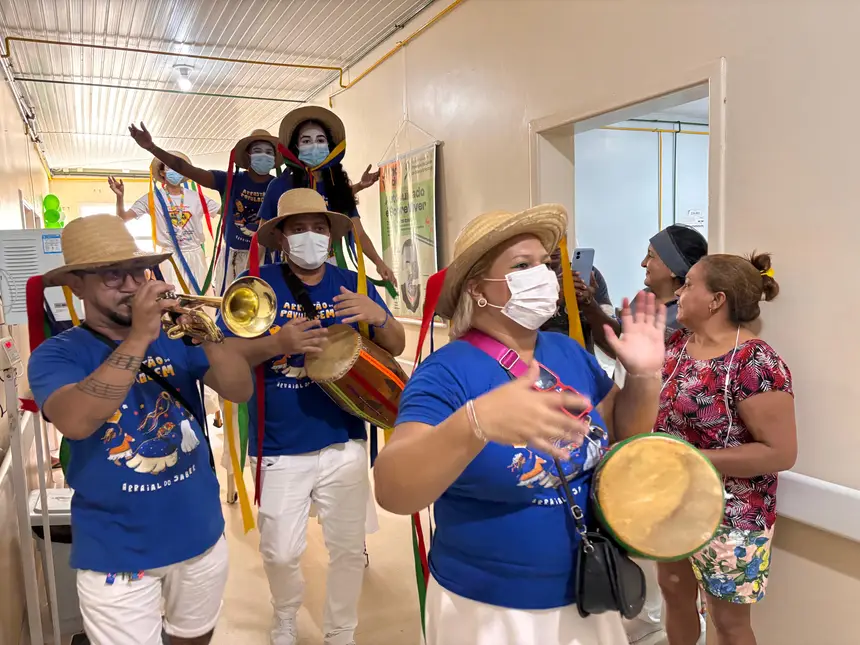
Leonice Gonçalves, 70, experienced the magic of the Boi do Arraial up close for the first time.
“I thought it was very beautiful. I always saw it at Ver-o-Peso, but I had never participated like this, up close. It was a great joy, I was touched,” she reported, visibly emotional.
Humanization as essential care
For Márcia, actions like this show that hospital humanization is not just a complementary practice, but an essential part of integral care.
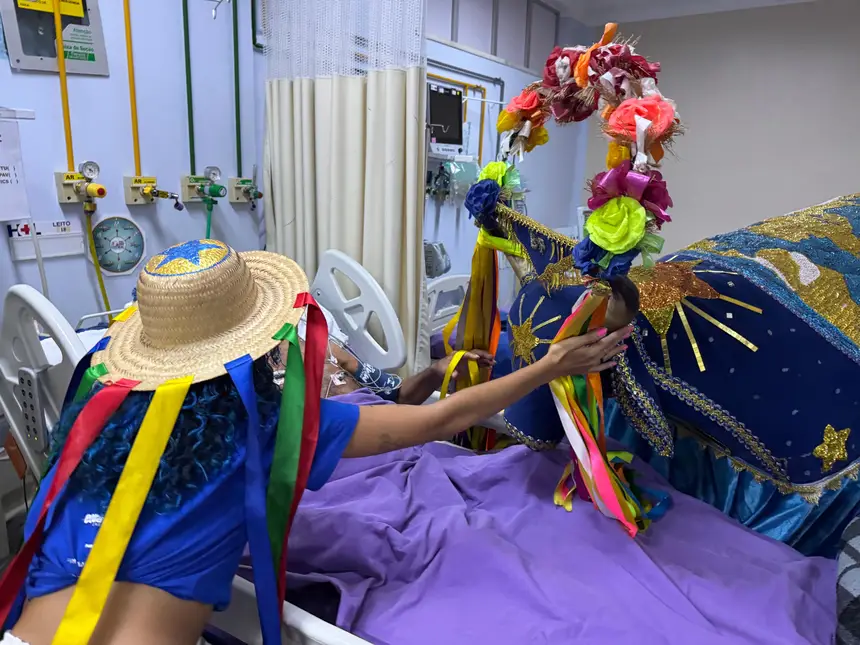
“The brightness of colors, the warmth of dance, and the enchantment of folklore have the power to open paths for emotional and psychological healing — aspects that are often invisible but fundamental in the recovery process.”
According to the therapist, the presence of Arraial in the hospital is a reminder that hope and joy are also forms of treatment.
“Popular culture, when embraced as part of care, becomes a link between the body and the soul — a link that strengthens, consoles, and transforms.”
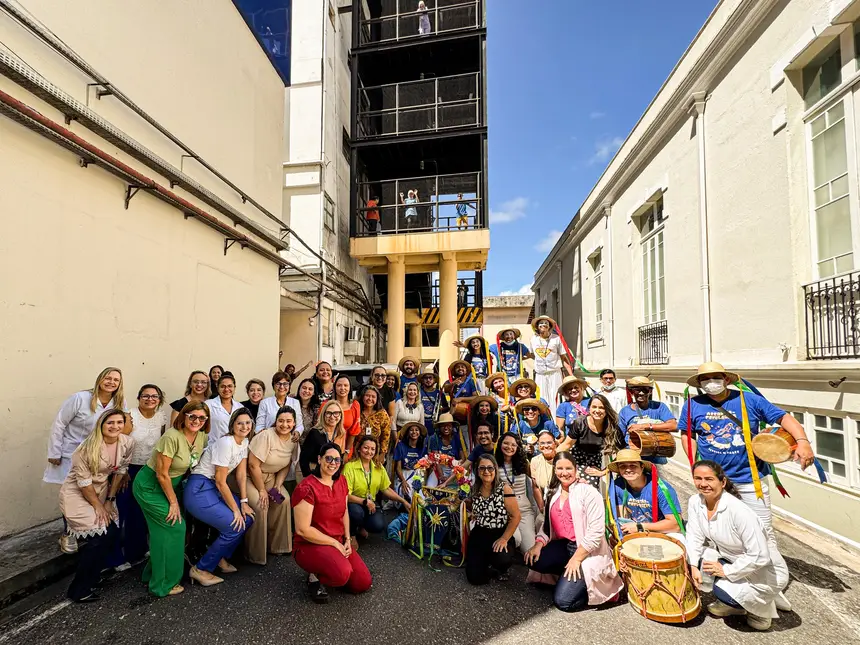
The moment experienced at HOL was, above all, a celebration of life, even amidst challenges. For patients, families, and teams, the certainty became clear: even in difficult times, life can — and should — be celebrated.
Text: David Martinez, under the guidance of Leila Cruz



